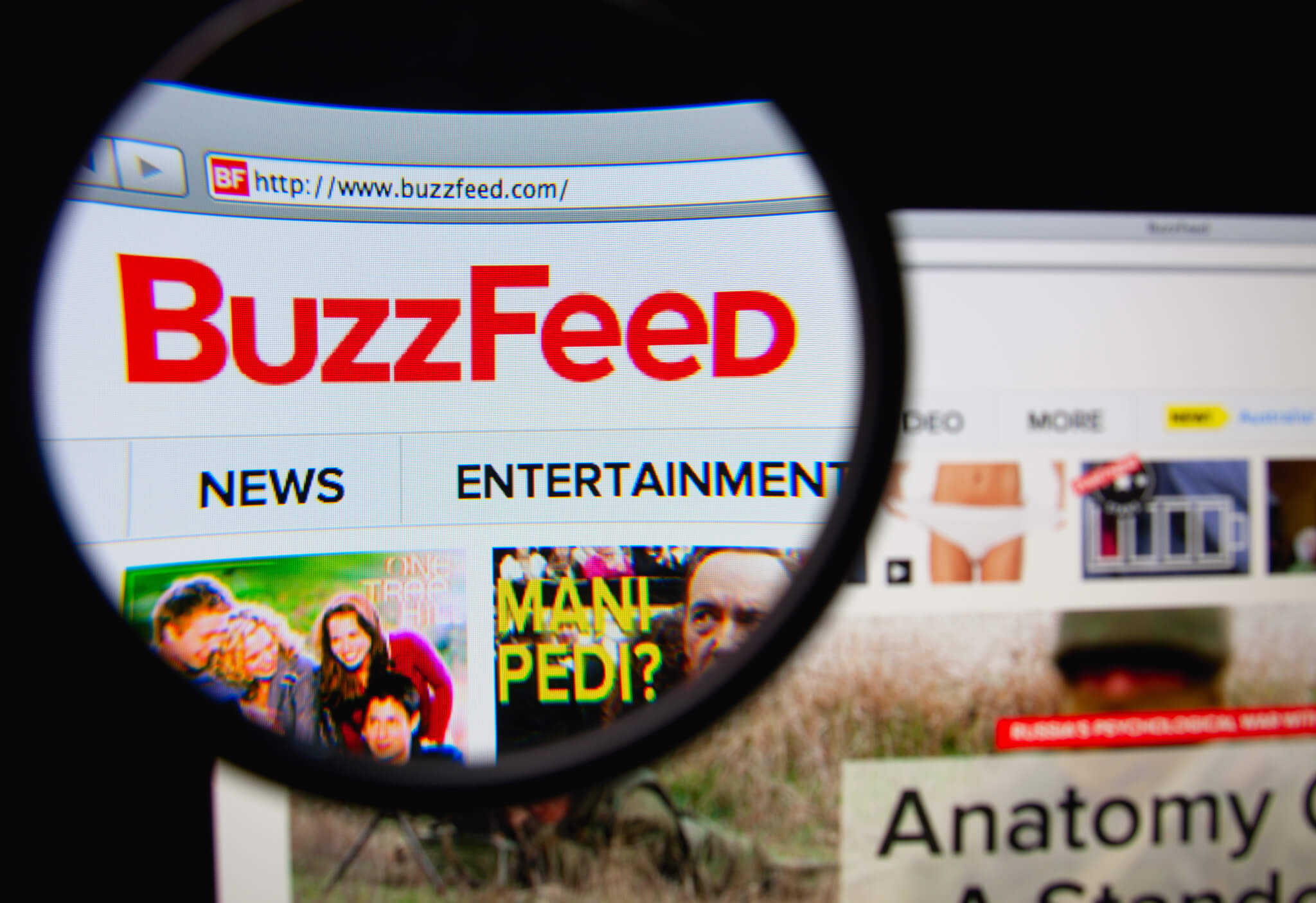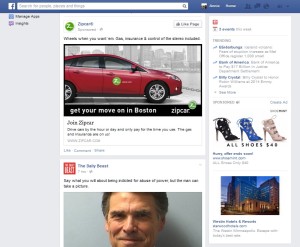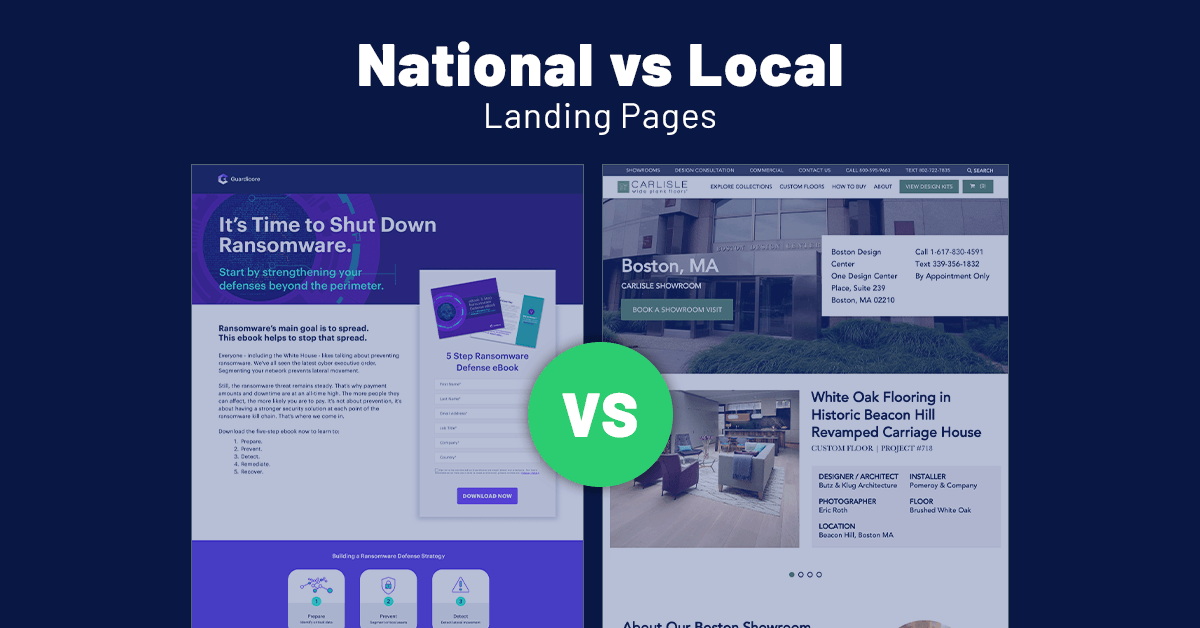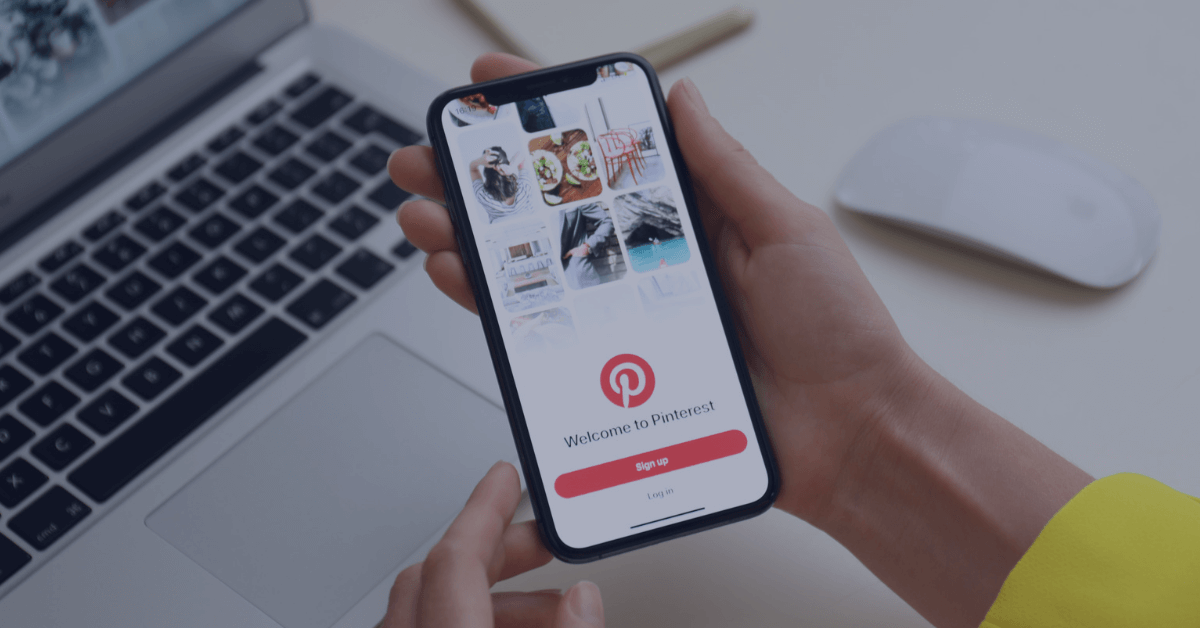
While scrolling through my Instagram feed earlier this summer, I came across a nice “From Where I Stand” image of a pedicured, chicly sandaled pair of feet standing atop a bed of yellow and red flower petals. In the corner, the selfie artist held a McDonald’s soda. Before I clicked “Like,” I glanced at the username to see which of my friends had taken the shot, and was surprised to see that it was not a friend or family member or one of my favorite fashion bloggers, but was actually…McDonald’s? Apparently I had missed the “sponsored” note in the corner.
At first, I was miffed. Who does McDonald’s think they are, butting into my carefully curated Instagram feed! Then, I was kind of excited by the prospect. I was about to like the photo anyways, I thought to myself. I realized that if done well, sponsored Instagram photos have the potential to connect users with delightful content they wouldn’t otherwise encounter. Yes, such content happens to be produced by a brand rather than a person, but the distinction between the two has been blurring for quite some time now.
http://instagram.com/p/pWoELUsT4o/?modal=true
My first encounter with native advertising on Instagram was this photo by @mcdonalds.
My experience with Mickey D’s reflects much of what is both challenging and exciting about native advertising. The format has been accused of diluting the quality of editorial news, a point contended perhaps most famously—and hilariously—by comedian John Oliver. However, native advertising done right maintains the integrity of both the brand and the publisher, an obligation that both advertisers and editors have become increasingly adept at fulfilling since the release of the Native Advertising Playbook at the end of last year.
Existing somewhere between display ads and content marketing, native advertising is sponsored content—in other words, ads that fit naturally into the publishing layout of a platform. Such ads take diverse forms, from promoted Tweets to branded feature articles. As with display ads, native advertising leverages paid distribution channels rather than self-cultivated audiences. But as with content marketing, it offers audiences valuable content with which they want to engage. Both native advertising and content marketing differ from display ads in that they are non-interruption marketing, designed to enhance a consumer’s browsing experience rather than distract from it.
In the above image of my Facebook homepage (click to view larger), the Zipcar ad is a native ad, because it looks like non-advertorial content and fits into my news feed the same way that, say, a friend’s status update would. However, even though The Daily Beast is a brand, their post is not considered an ad. I have “Liked” their page, so their content shows up in my news feed organically, not because they pay for it to. The ads for shoes and hotels on the right-hand side are traditional display ads, because Facebook reserves that space for advertisers. Those ads do not fit organically into the publishing layout of the site.
Native advertising doesn’t solely happen on social media, though. It can also appear as sponsored content on entertainment and news media sites, such as Buzzfeed, Huffington Post, and Fast Company. Such articles add value to consumers’ browsing experiences for the same reasons that editorial articles do: they’re inspirational, funny, interesting, or helpful.
So, why should you add native ads to your digital marketing strategy? Here are five great reasons.
1. Combat ad blindness. Consumers are increasingly adept at glossing over display ads while browsing web pages. To combat this ad blindness, marketers must deliver content that’s more naturally integrated into publishing layouts. McDonalds’ Instagram post was seamlessly sandwiched (no pun intended) between a bucolic beach scene and my cousin’s homemade granola. The soft filter and bird’s eye angle created an image that, while perhaps contrived, did not ultimately detract from my daily ritual of scrolling through the app. Good native advertising is not meant to “trick” audiences into consuming your content, but rather to engage with them in a way that is mutually beneficial.
2. Leverage a publication’s audience and authority. As I mentioned before, the key distinction between content marketing and native advertising is that the latter happens on someone else’s turf. Rather than distribute content to just your existing followers or website visitors, paid media lets you reach audiences in the millions.
It also allows you to associate the authority and reputation of the publisher with your own brand. Would audiences find Virgin Mobile’s Buzzfeed lists of epic Snapchats or texting do’s and don’ts as charming if they were posted anywhere other than Buzzfeed? Perhaps, but I have my doubts.
It’s important to note here that although leveraging a publisher’s brand can bolster your own, you should avoid entirely intertwining the two. Don’t let your own identity to get lost in the process of using someone else’s platform. Virgin Mobile’s Buzzfeed pieces work because they’re thematically tied to the company’s offering (mobile phone plans) and because they often include a clear call-to-action at the end, such as “Get something rich kids can’t top.”
3. Go viral. Another advantage native has over display is that it has the potential to go viral. Nearly 1 in 3 participants in a 2013 study said they would share a native ad, while less than 1 in 5 said they would share a banner ad. Native ads are so easily shareable because like editorial content, they typically have unique URLs or can be reposted on social media with the click of a button. Sponsored tweets and Instagram photos can include hashtags that make them more discoverable. And most native ads exist in formats that allow for live engagement with audiences: entertainment and news media sites, lifestyle blogs, Facebook posts and Instagram photos all contain comments sections, allowing consumers to interact with your brand directly on the ad.
Hello ladies! Let my newest commercial take you on a scent vacation. http://www.youtube.com/OldSpice #scentvacation
— Old Spice (@OldSpice) February 6, 2011
Since it was sponsored, this tweet was technically an ad. But its casual, humorous tone softens the CTA, making it sound more like a post from a friend or celebrity than a CPG brand. Old Spice also incorporated the hashtag of an existing social campaign–combined with the friendly tone, that’s probably why this tweet had such high engagement: 36%!
4. Bolster your efforts on social. Distributing content through paid channels can help you build earned audiences on social media. Through a sponsored post on Facebook or Twitter, for example, users can easily click through to your brand’s page and can even follow you directly from the ad. You can also use native ad campaigns on non-social platforms to increase your social following. In the ads, simply link to your brand’s social media pages and include a call-to-action encouraging audiences to follow you.
5. Maximize your SEO. Native ads are more than ads; they’re an asset for your brand’s rank on search engines. In many ways, the true homepage for your brand is not your website’s homepage–it’s the results page of a search engine query for your brand. Accordingly, you want great content to occupy this space so that consumers’ first impression of you is a positive one. While you can’t fully control search engine results, populating the Internet with great branded content (like sponsored articles) increases the likelihood that search queries for your brand produce links you’re proud of. Think of it this way: the more compelling, positive, and interesting content there is associated with your name, the more compelling, positive, and interesting things Google will have to say about you when somebody asks.
The world of native advertising is changing rapidly as consumers, regulators, marketers and publishers all compete to shape the space. It’s hard to predict what the field will look like even a year from now. For the time being, though, there’s little question that native advertising offers exciting new opportunities to creatively engage with audiences in places and ways that matter.
Have you seen any killer native ads? Tweet them to us @ovrdrv or share them in the comments!





